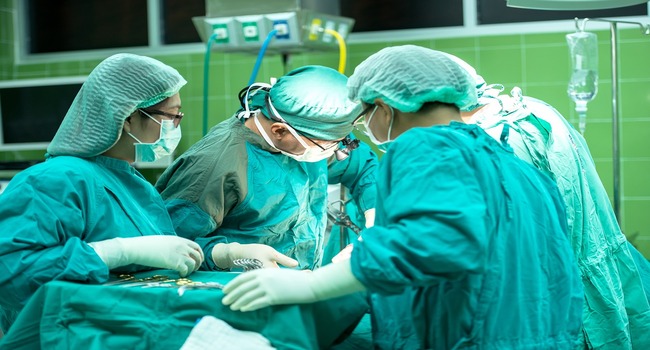
Tympanic membrane perforation (TMP) is a condition that happens when the thin layer of tissue that separates the middle and outer ear is damaged. This can lead to problems like ear infections and hearing loss. Scientists conducted a clinical trial to see which method of repairing TMP is more effective.
The tragus perichondrium–cartilage island (TPI) method: It involves using a small piece of cartilage and tissue from the patient's tragus (the small bump in front of the ear canal) to repair the damaged tissue in the ear. This method works well because the tragus cartilage is flexible and can easily adapt to the shape of the ear canal. Using tissue from the perichondrium helps to promote healing and reduce the risk of complications.
The Temporalis Muscle Fascia (TMF) method: On the other hand, the TMF method involves using muscle tissue from the patient's temple to repair the damaged tissue in the ear. This method has been used for many years and is still used today because it is simple and easy to find.
Clinical Trial
The trial involved 84 patients who had TMP. The patients were randomly divided into two groups: one group received treatment with the TMF method, and the other group received treatment with the TPI method. The researchers compared the results of the two methods, including how much blood was lost during the surgery, how long the surgery took, how long patients stayed in the hospital, how successful the surgery was, and how much hearing improved after the surgery.
